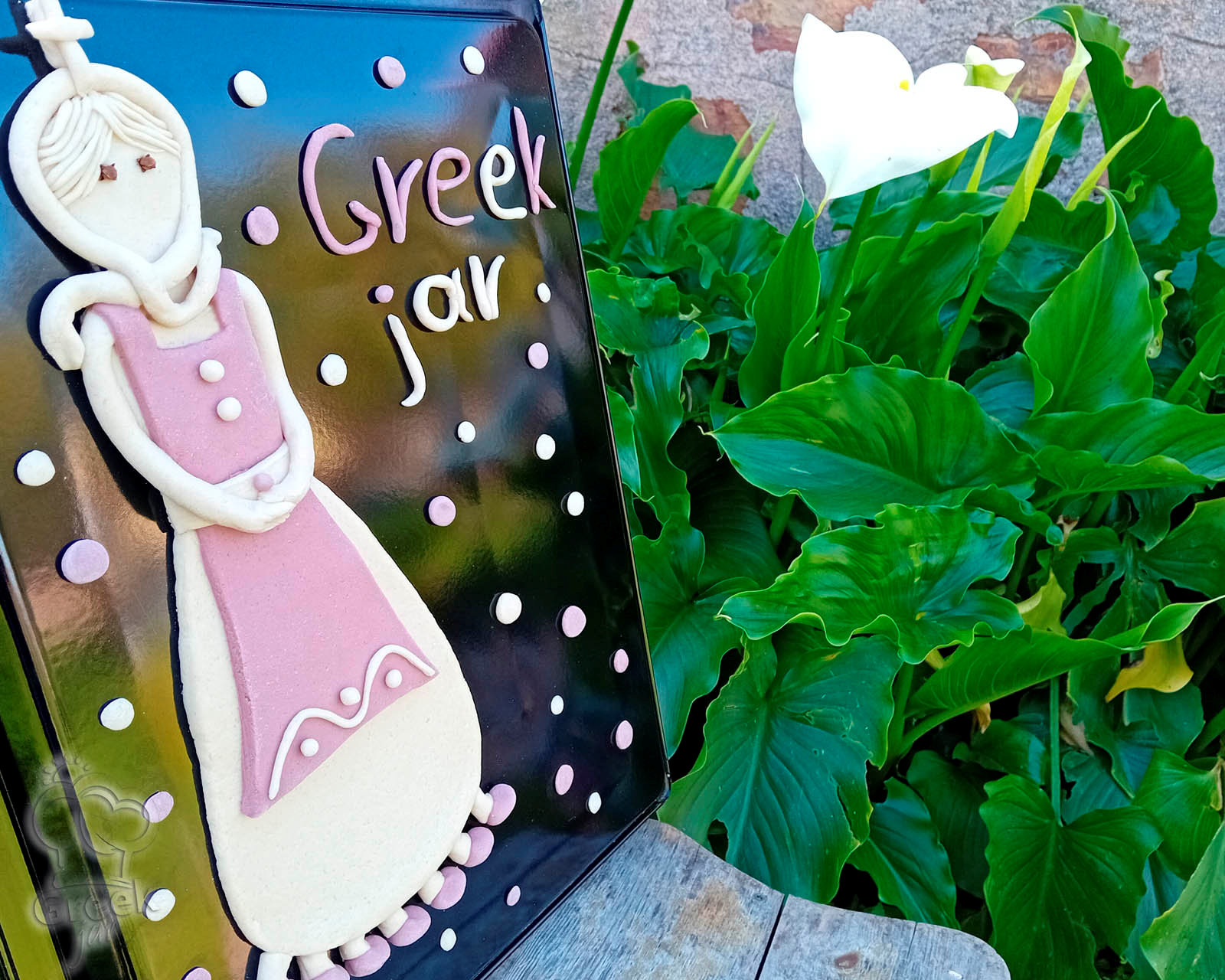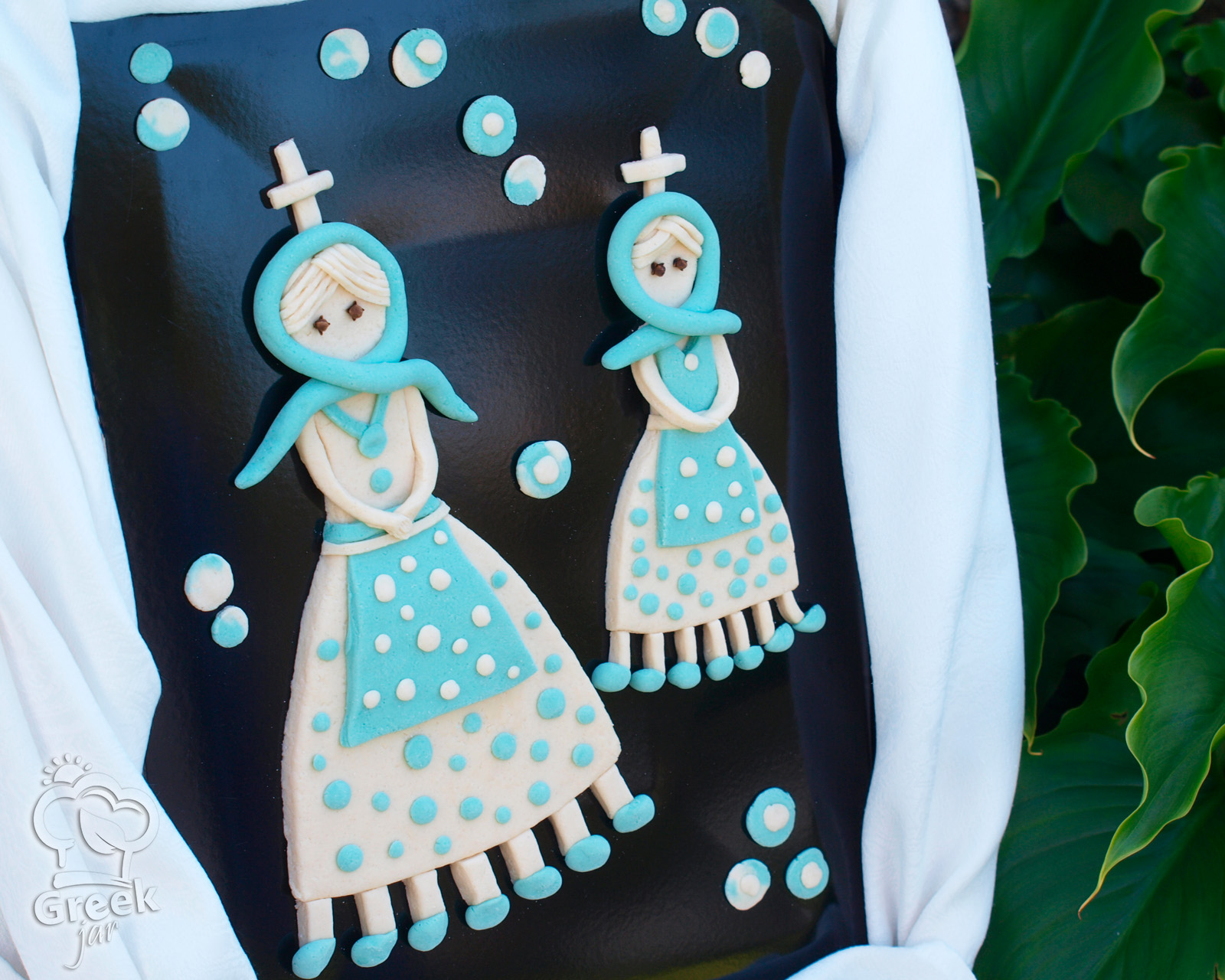Kyra - Sarakosti (Mrs Lent) holds a special place in the hearts of many during the weeks leading up to Easter. Crafted from a simple mixture of flour, water, and salt, this symbolic figure represents the journey of fasting during the Lenten period.
Kyra - Sarakosti is one of the oldest customs associated with the Easter period and embodies fasting and spiritual renewal. Her construction is humble, as is her symbolism: She has no mouth because she fasts, her hands are crossed in prayer, and she wears a cross on her head, symbolizing the spiritual significance of the Lenten journey.

One of Kyra - Sarakosti's distinctive features is her seven legs, each representing one week of Lent. As the weeks progress, we cut off one leg every Saturday until Easter Sunday. This ritual serves as a calendar, reminding us of the passage of time and the approaching grand celebration.
Especially in recent years, Kyra - Sarakosti has become a beloved tradition for both young and old, blending creativity with spirituality. It's a time when families come together to mold the dough, shape the figure, and eagerly await the weekly cutting of the leg. Through this tradition, they not only honor their faith but also strengthen bonds, creating lasting memories.

For some years now, I have also embraced the tradition of Kyra - Sarakosti, adding my own personal touch. It's a ritual that allows me to connect with Greek tradition and express my creativity. Every year, as I mold the dough and shape the figure, I am reminded of the significance of Lent, self-critique, and renewal.
As Easter approaches and Kyra - Sarakosti stands with fewer legs, I am filled with a sense of anticipation and gratitude. This simple female figure made from flour, water, and salt reminds me every year of the beauty of tradition, the value of perpetuating customs, and of course, the journey towards the grand celebration of Easter.








